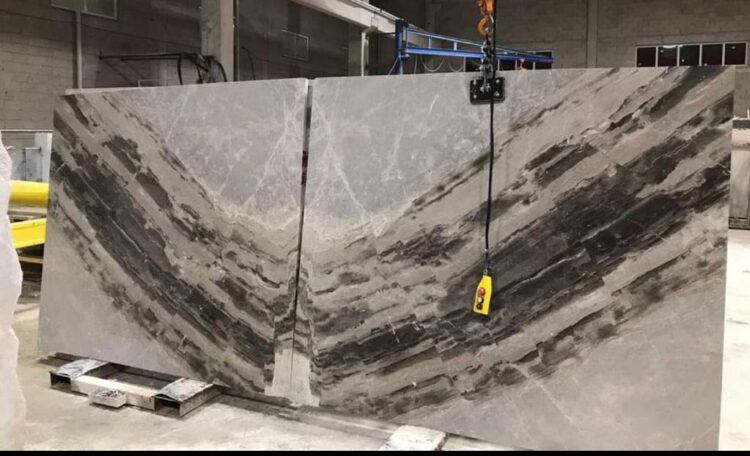The ancient Greek and Roman civilizations are known for their architectural and landscape designs that left lasting traces in history. The works of these civilizations stand out not only for their aesthetic beauty, but also for their functionality. In this article, we will focus on the points where architecture and landscape converged in the Ancient Greek and Roman world.
Ancient Greek architecture:
Ancient Greek architecture is known for its elegant and symmetrical structures. Doric, Ionic and Corinthian columns were used in the construction of temples and theaters. Each arrangement of columns has its own distinctive style and gives the architecture a characteristic look. In particular, temples such as the Parthenon on the Acropolis represent the pinnacle of Ancient Greek architecture.
However, Ancient Greek architecture was not limited to large monumental buildings. The houses and public buildings in the cities were also carefully designed. Streets were usually laid out in a rectangular pattern and this layout was considered a pioneer in urban planning. In addition, public spaces such as open-air markets and agoras were the center of the social and commercial life of Ancient Greek society.
Architecture of the Roman empire:
Ancient Roman architecture was heavily influenced by Greek architecture, but has its own distinctive character. Roman architects built huge monumental structures, skillfully using structural features such as arches and domes. Structures such as the Colosseum, the Pantheon and the Forum Romanum are monumental works that reflect the power and wealth of the Roman Empire.
Roman architecture was also enriched by public buildings, villas and city walls. Rome’s success in urban planning includes elements such as organized streets, aqueducts and open-air markets. In addition, the Romans developed new construction materials, such as concrete, which allowed them to build more durable and complex structures.
Landscape design in ancient architecture:
In the ancient Greek and Roman world, landscape design focused on emphasizing natural beauty and harmonizing man-made spaces with natural landscapes. Gardens, parks and courtyards were important spaces for people to relax and organize social events.
Greek and Roman gardens were decorated with geometric arrangements, sculptures, water features and plant arrangements. These gardens not only satisfied aesthetic pleasure, but also provided a spiritual and intellectual resting place. In Rome, villa gardens in particular were of great importance to emphasize the status and wealth of the owners.
Architecture and landscape design in the ancient Greek and Roman world represented a perfect balance between aesthetics and functionality. The works of these civilizations are still admired today and continue to inspire the development of architectural and landscape art. Ancient Greek and Roman architecture and landscape design are not only a legacy of the past, but also an endless source of inspiration for future generations.





























 +90 532 585 51 95
+90 532 585 51 95 +90 532 585 51 95
+90 532 585 51 95